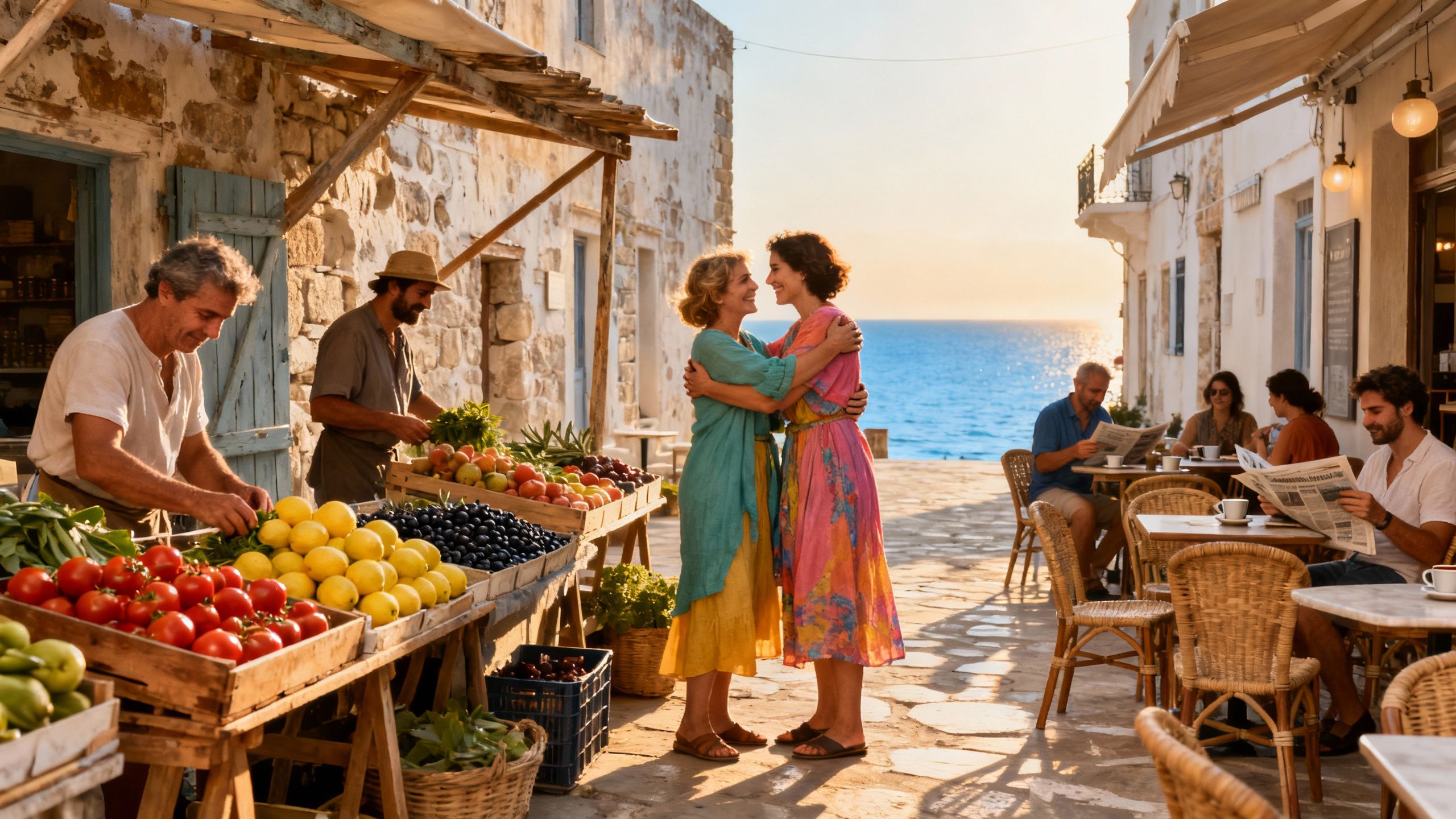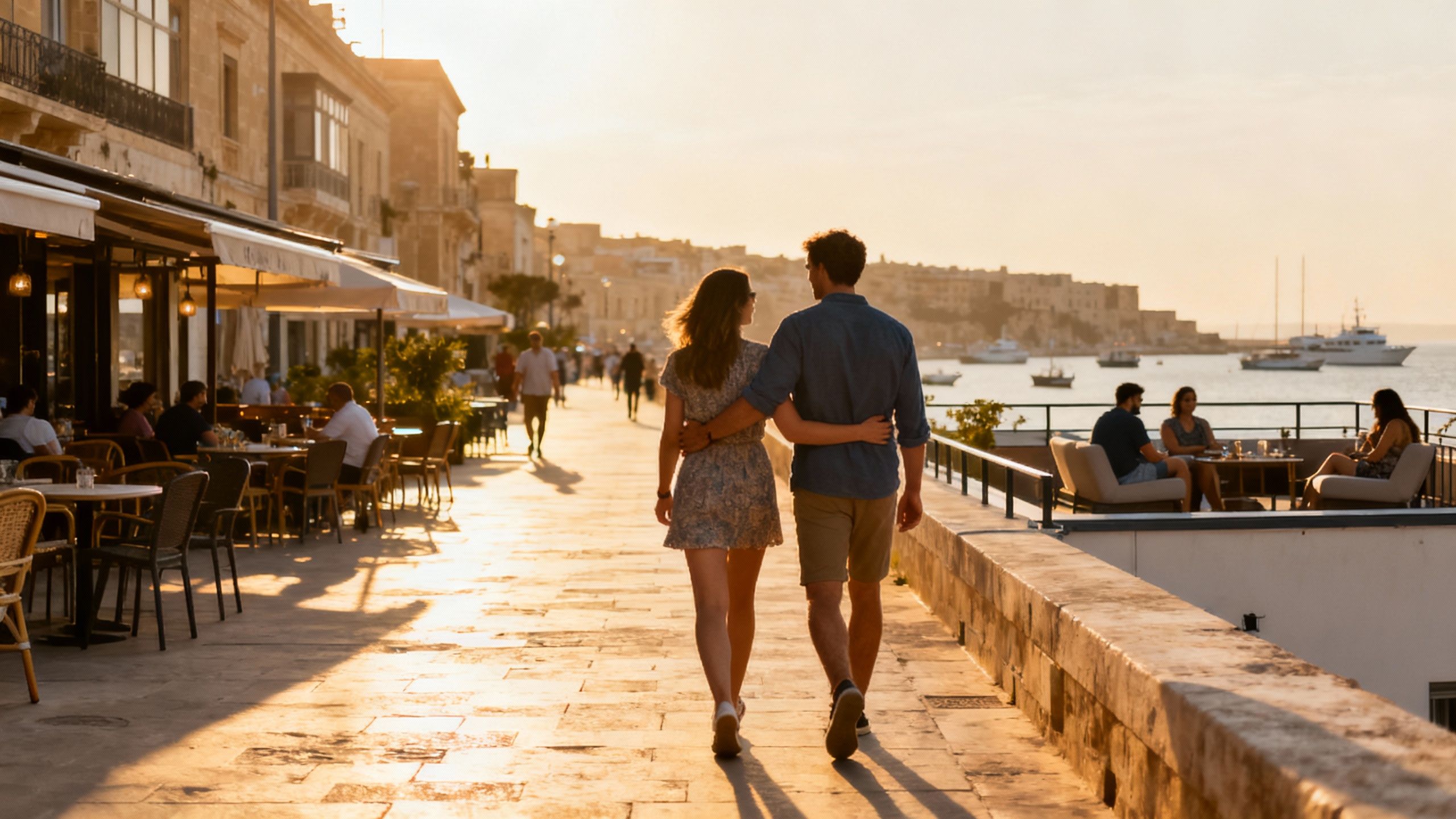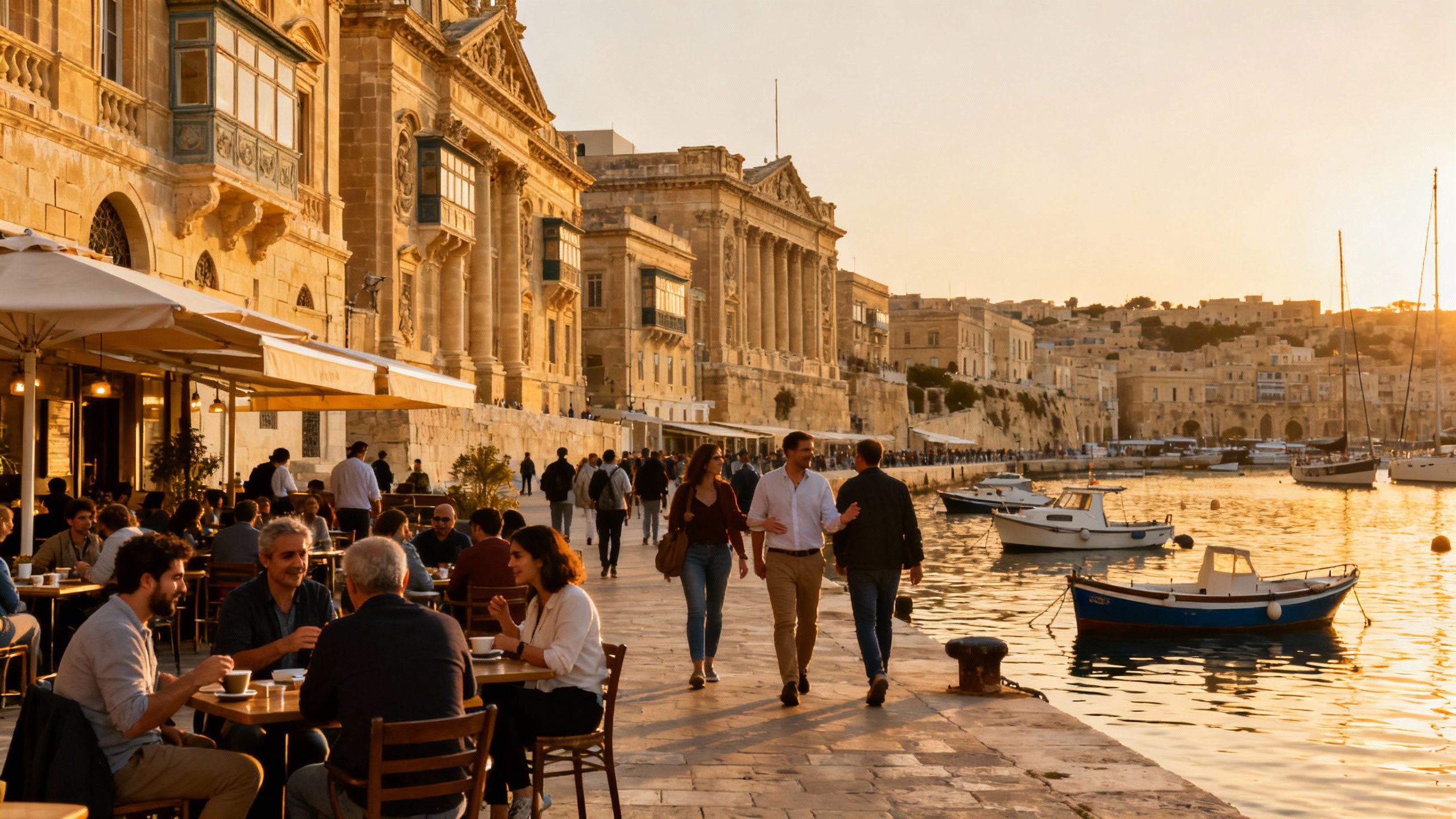How Croatia’s 2025 Taxes Reframe Coastal Buying
Croatia’s 2025 tax reforms change annual holding costs, transfer tax and rental rules—plan use, get municipal estimates and align lifestyle with tax exemptions.
Imagine an early morning in Split: a barista draws crema into a demitasse while fishing boats slice a glassy harbour and limestone facades take on a warm, honeyed glow. It is easy to fall for the Dalmatian coast — for its markets, narrow streets and slow afternoons — and it is precisely this life that new Croatian tax rules now nudge you to think through with care. Recent market analysis shows reforms introduced in 2025 reshape annual holding costs, short‑term rental rules and transfer taxes; for anyone turning seaside daydreams into purchase contracts, the arithmetic matters as much as the sunlit piazza.
Living the Croatia lifestyle
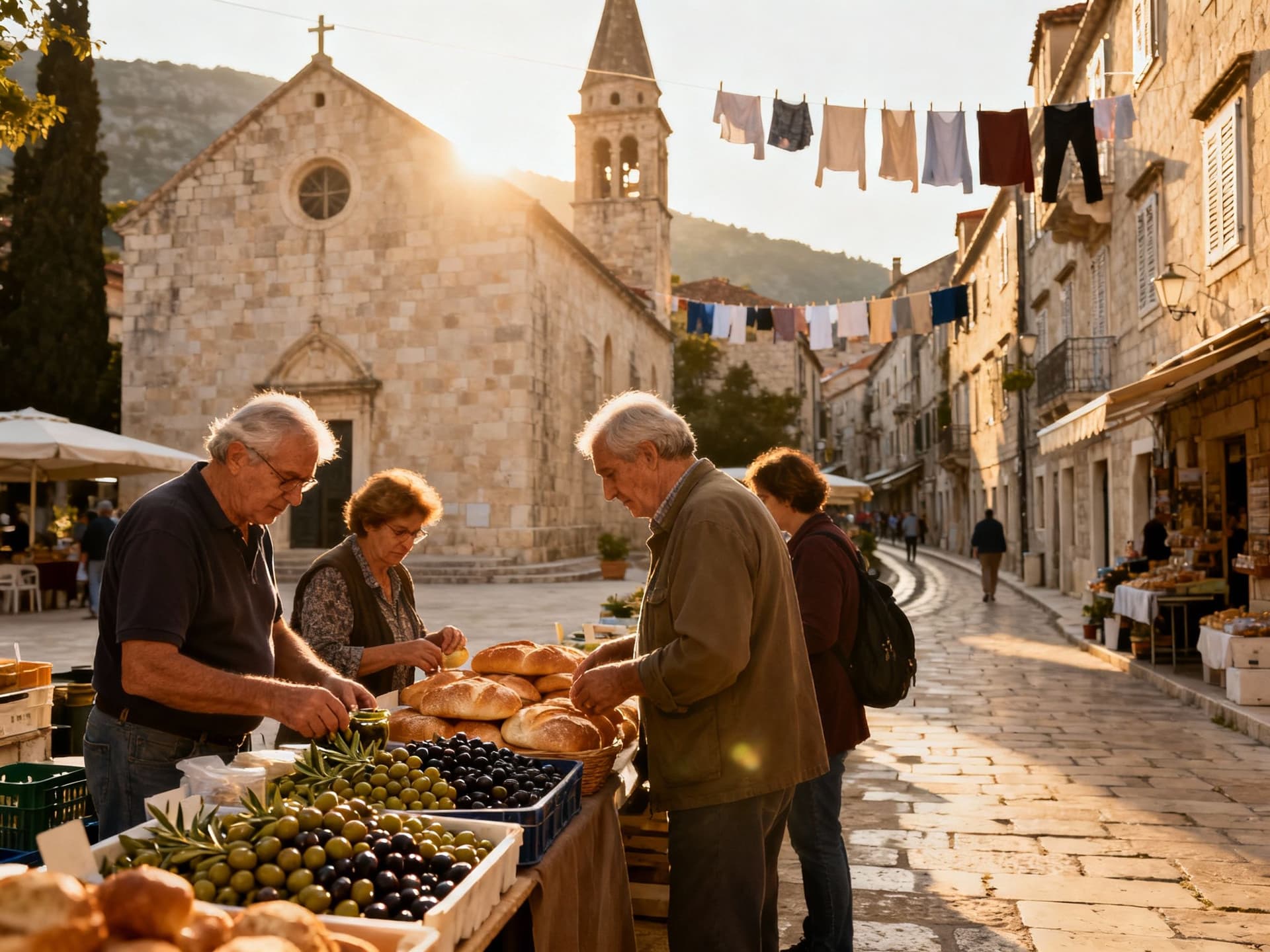
Croatia’s day-to-day is mercifully tactile: morning markets in Zadar’s Poluotok, espresso at Café Uliks on Dubrovnik’s Stradun, fishermen trading last night’s catch on Brač. Neighbourhood life pivots around seasonality — summer brings a buoyant, cosmopolitan pace while autumn and winter reveal quiet harbour towns where stone courtyards and central heating matter. For buyers, that seasonal pulse influences not only household rhythms but tax exposure and rental viability; properties that thrive as short‑term lets in July may sit empty in January, with new rules penalising prolonged vacancy.
Neighbourhood spotlights: Split’s Veli Varoš and Rovinj’s Old Town
Veli Varoš in Split is intimate — cobbled lanes, family grocers, a chapel bell that marks the day — and it rewards buyers seeking authenticity over resort gloss. Rovinj’s Old Town offers narrow alleys, ateliers and a sense of provenance that suits a restored stone apartment. Both neighbourhoods command lifestyle premiums: proximity to local markets and walkability reduce everyday costs, but market desirability also means municipal tax coefficients for new property levies can be higher here than in inland towns.
Food, festivals and the calendar that shapes property life
From Istrian truffle weeks to Dubrovnik’s summer festival, events refill towns with guests and raise short‑term rental revenue — and therefore scrutiny. If you imagine terrace dinners and market mornings, picture also the weeks when accommodation demand spikes and when local councils may set higher tourist‑bed levies or treat short‑term revenue differently for tax purposes. The lifestyle you pursue — full‑time resident, seasonal user, or investor reliant on tourist lettings — will change how the 2025 reforms land on your balance sheet.
- Lifestyle highlights
- Morning markets: Split’s Pazar and Rijeka’s Korzo for fresh produce and neighbourly conversation
- Seaside rituals: late‑afternoon promenades on Dubrovnik’s Lapad and sunset swims off Hvar’s Pakleni Isles
- Cultural anchors: summer festivals, small gallery openings, and tavernas with family recipes
Making the move: practical considerations
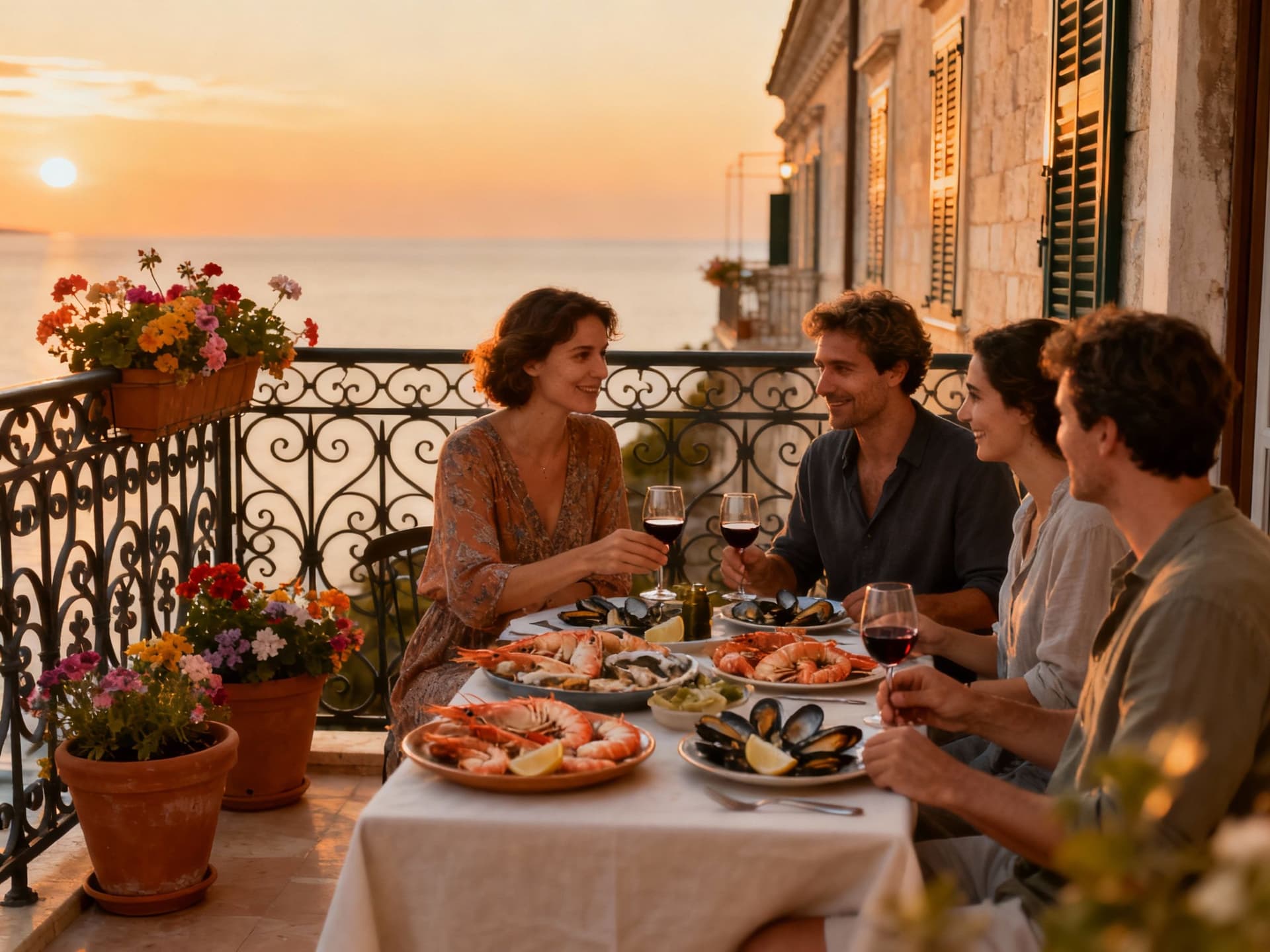
The daydream of a harbour view meets administration at the notary’s desk. Two 2025 changes matter most for buyers: a new annual property tax framework and clarified transfer‑tax/VAT rules for resales and new builds. Resale purchases remain subject to a transfer tax generally set at 3% of market value, while new developments attract VAT treatment. These are not mere line items — they alter effective holding costs and influence whether buying a renovated stone apartment or commissioning a new build makes more sense for your plans.
Property tax: what has changed and why it matters
From January 2025 Croatia introduced a structured property tax replacing the old holiday‑home levies. Municipalities set rates within national limits — published guidance and professional services firms note ranges of roughly €0.60–€8.00 per m² or, for assessed‑value models, percentage bands applied to estimated values. Crucially, primary residences and long‑term rentals (typically ten months or more) often carry exemptions or reduced rates, which pushes buyers toward occupancy commitments if they want to minimise annual liabilities.
Working with local experts who know the lifestyle — and the ledger
An architect who understands stone restorations, a tax advisor fluent in municipal coefficients, and an agency that walks the neighbourhood at market hour form a small but indispensable team. Local specialists translate lifestyle aims into taxable realities: they can confirm whether a bayfront flat will be classified as a tourist property, estimate likely municipal tax per square metre, and advise on whether registering the property through a Croatian company changes outcomes for your nationality. Such nuance is why agency selection should be about local knowledge as much as marketing reach.
- Practical steps blending lifestyle and tax planning
- Decide how you will use the property (primary home; long‑term let; seasonal let) — exemptions and rates differ by use.
- Obtain an estimated municipal tax calculation before committing; ask your agent for recent local examples.
- Compare transfer tax (resale) vs VAT (new build) for the same address — VAT on developers can change total tax and financing needs.
- Factor in tourism levies and bed taxes if you plan short‑term letting — municipal bands vary by tourist development index.
Insider knowledge: what expats wish they’d known
I have worked with buyers who fell in love with a terrace overlooking the Adriatic, only to discover that municipal zoning placed the apartment in a higher tax bracket because it sat in a designated tourist zone. The lesson: feel the place, then test assumptions with a local tax read. Small differences — an extra €1 per square metre or a different classification between holiday and permanent use — compound quickly across years.
Cultural and practical integration
Croatian community life rewards quiet engagement: learn a few phrases, join a market morning, and the neighbours will help with tradespeople and local advice. That social capital also has fiscal value: municipal offices often respond faster to owners known in the neighbourhood, and long‑term tenants recommended by locals can help you satisfy occupancy exemptions under the new tax code.
Long‑term stewardship: what to expect over a decade
Think in terms of stewardship: stone facades, timber windows and historical townhouses appreciate through careful maintenance. Tax reforms aim to reduce speculative short‑term vacancy and reward long‑term occupancy; aligning your ownership model with that intent — whether by committing to longer rentals or declaring a primary residence — often yields both lifestyle and fiscal benefits over ten years.
- Red flags and practical checks before you sign (quick list)
- Ask for the municipal tax zone and recent bills for the property; compare actual historic payments.
- Confirm whether the property has tourist classification or long‑term rental exemptions.
- If you are a non‑EU buyer, check reciprocity rules and whether Ministry approval is required for registration.
- Step‑by‑step: from offer to comfortable life (condensed)
- 1. Visit the neighbourhood at different seasons to sense occupancy patterns and services.
- 2. Ask your agent to secure municipal tax estimates and any bed/tourism levies tied to the address.
- 3. Engage a local tax adviser to model 5‑year holding costs under different use scenarios.
- 4. Decide ownership structure (personal vs company) only after bespoke legal and tax advice.
Croatia’s coastal charm is not at odds with careful fiscal planning; they are complementary. When you pair the sensory pleasures of this coast — markets, sea light, quiet evenings — with specific tax knowledge, you free yourself to buy not just a property but a life. Begin with a neighbourhood visit, bring municipal tax estimates to the table, and choose local advisors who care about both provenance and practicality.
If you would like, we can request municipal tax estimates for three addresses you’re considering and commission a five‑year holding‑cost projection from a Croatian tax adviser. That way you will have both the terrace and the ledger in clear view before you sign.
Former Copenhagen architect who relocated to Provence, offering relocation services, market analysis, and a curator’s eye for authentic regional design.
